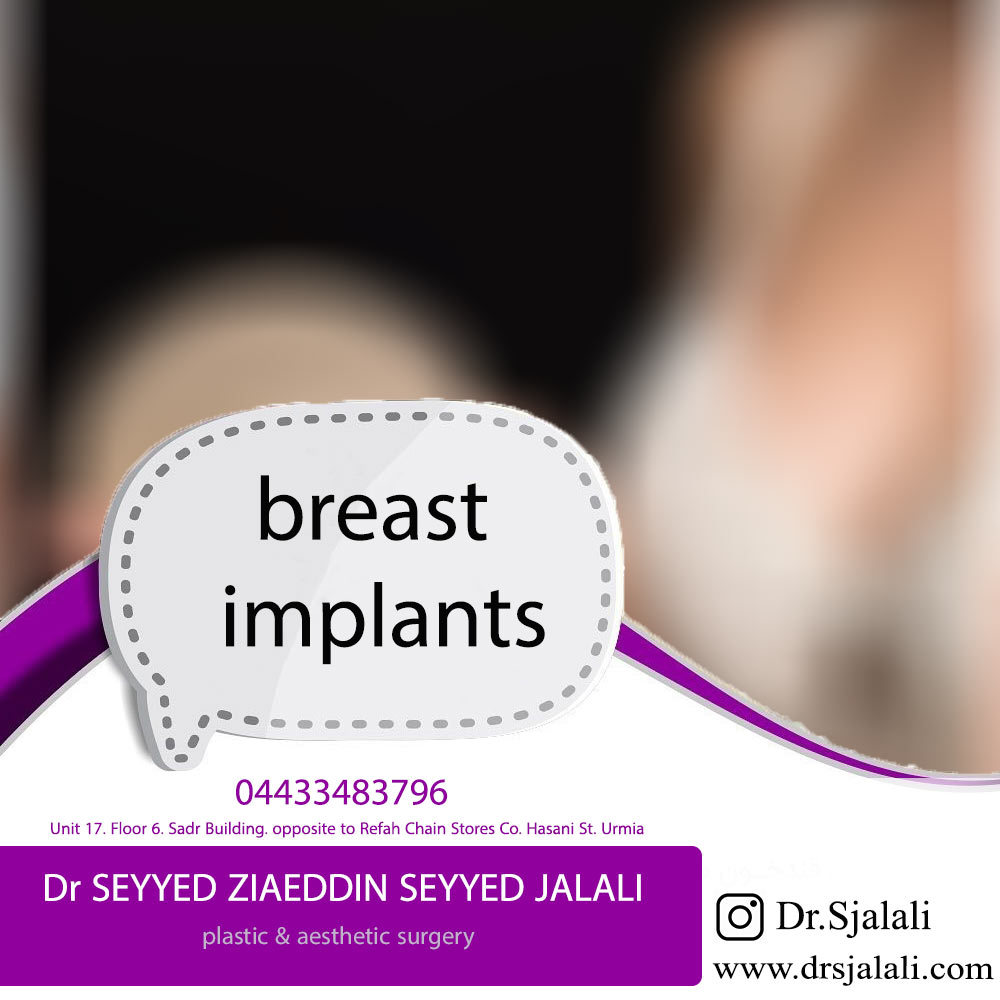breast implants
Breast augmentation is the number one plastic surgery procedure in the United States. Any type of elective surgery is a big decision, and breast implants are no different. But a breast augmentation isn’t just a surgery.
Choosing breast implant size is one of the biggest decisions when planning your breast augmentation. Patients should notice that this is about more than just picking a cup size; it’s a process and your goals and expectations may evolve. Here are some tips to make your decision a little easier.
- Keep your lifestyle in mind. The size of your implants needs to fit your lifestyle. If you often do high-intensity workouts, long-distance running, or certain sports, you may want to steer clear of very large implants. Also, what type of clothing do you like to wear? Do you need more dramatic cleavage to fill out the tops and dresses you prefer? Or do you like to go bra-less? Do you want people to notice your newly enhanced breasts, or do you want to keep them under the radar? These are all important lifestyle considerations that should factor into your implant sizing decision.
- Consider shape and position along with size. Many women who undergo breast augmentation also need a breast lift to correct sagging, deflated breasts. This is often the case for women who’ve breastfed one or more children. When a surgeon removes excess, sagging skin and tissue during a breast lift, the result is uplifted, perky breasts that may be slightly smaller due to the tissue removal. You may want implants that simply re-create the look of your pre-baby breasts, or you may want to increase volume more dramatically. In either case, be sure that you wait at least 3 to 6 months after weaning your last child before undergoing breast enhancement so that your breast size has stabilized.
- Bring a friend to your consultation. It’s always nice to have a second opinion from someone you trust. Bring along a good friend or loved one to your consultation to get a different perspective on your implant decision. But remember, it’s your body, so it’s ultimately your decision.
- Consider the long-term. While breast implants—like most medical devices—are not designed to last a lifetime, you are going to have these implants for a long time. It’s important to take into consideration how they will impact your life over many years. Will you be happy 5 years from now with the look you’re choosing today? Try to choose implants that will make you happy now and in future phases of your life.
- Listen to the advice of your board-certified plastic surgeon. It is important to take your surgeon’s guidance to heart. He or she wants what is in your best interest and will be able to give you a recommendation that is based on their education and years of experience. There is no “perfect” size. Rather, there is a range of sizes that will work well.
What to Expect Immediately After Breast Augmentation
Taking good care of yourself post-op is extremely important. You need to give your body an optimal amount of time to heal and look its best. Here’s what you can expect within the first few days after your surgery:
- Surgery is incredibly taxing on the body. You’ll likely feel extremely tired and sore in the days following the procedure. Get plenty of rest.
- ۲۴ hours after surgery, you may remove the dressings, except for the skin tapes or steri-strips that cover the incisions. Steri-strips are applied with a skin adhesive, so they can be washed over without needing to be removed. Just blot dry with a clean towel. The steri-strips will eventually fall off on their own.
- You may continue to cover incisions with gauze dressings, as needed, for a week.
- The chest area may feel tight while the skin adjusts to the implants, which is normal.
- You may have less feeling in your breasts and nipples in the days immediately following the surgery.
- Swelling and mild bruising of the breasts is normal after surgery, and will gradually subside over the next several weeks.
- Your plastic surgeon may start you on breast massage techniques to avoid capsular contracture, speed up recovery and diminish discomfort.
- Your plastic surgeon may also tell you to wear a soft, yet supportive post-surgical bra, sports bra or wide, elastic bandage around your breasts for help with support and positioning during recovery. Do not wear an underwire bra. The wire can affect the position of the breast implant. Some plastic surgeons advise patients not to wear a bra at all. Follow your surgeon’s instructions.
- If instructed to wear a bra or compression bandage, remove it to bathe, but put it back on immediately after.
- Most plastic surgeons will allow patients to shower 24 hours after surgery, but they will request that still water be avoided for 2 weeks after surgery. This includes bath water, swimming pools, hot tubs, whirlpools, lakes, oceans, etc.
- Many patients return back to work and their daily routine within days of the surgery.
- If you are sent home with drains, empty the drainage bulb and record the amount of fluid three times per day. It is important to record the amount because this will tell your surgeon when the drains are ready to be removed.
The next few weeks
After the first week, patients are encouraged to slowly ease back into light exercise and a normal daily routine. The discomfort should be minimal by this point, but doctors advise women to refrain from strenuous or jarring activity like running, horseback riding or rigorous workouts. Heavy lifting is also discouraged until they are fully recovered.
Patients with labor-intensive jobs are recommended to remain out of work for at least three weeks.
Full recovery
During your follow-up appointment, your doctor will be able to assess how far along your healing has progressed.
Generally speaking, after two months, most patients are fully cleared to resume all normal activities.
It’s vital to follow your doctor’s care instructions closely so that your implants heal properly and there are no complications.
Dr.S.Zia S Jalali
Plastic & Aesthetic Surgeon
Face Lift. Rhinoplasty . Blepharoplasty . Mamoplasty . Abdominoplasty
Fat Injection . Recunstructive Surgery



